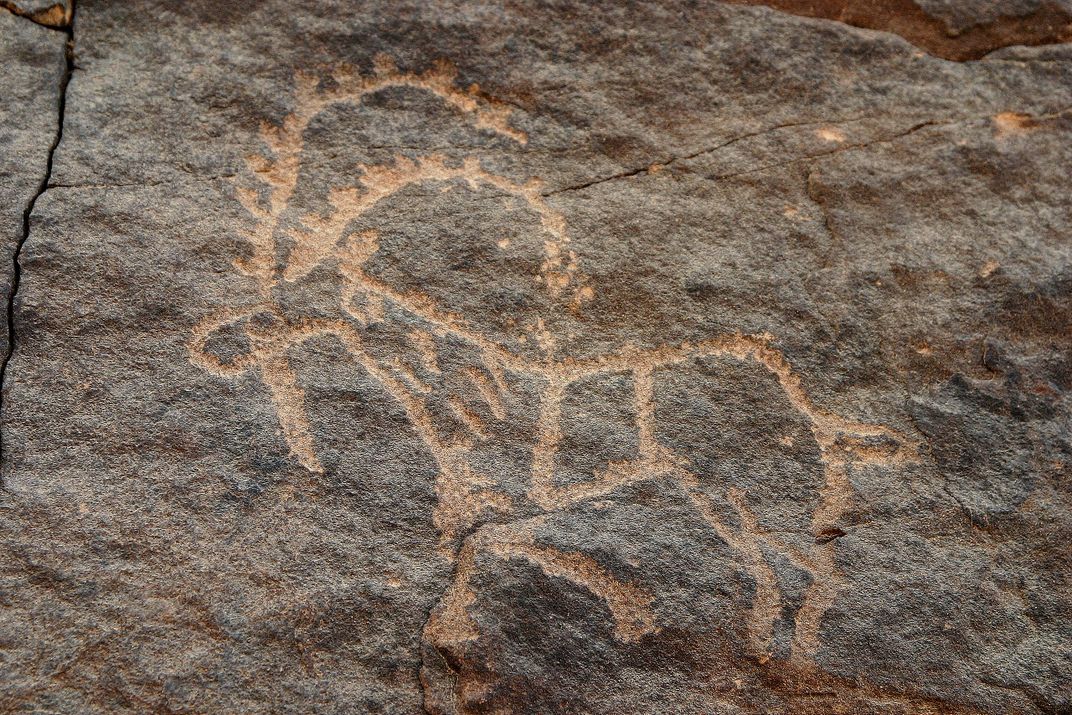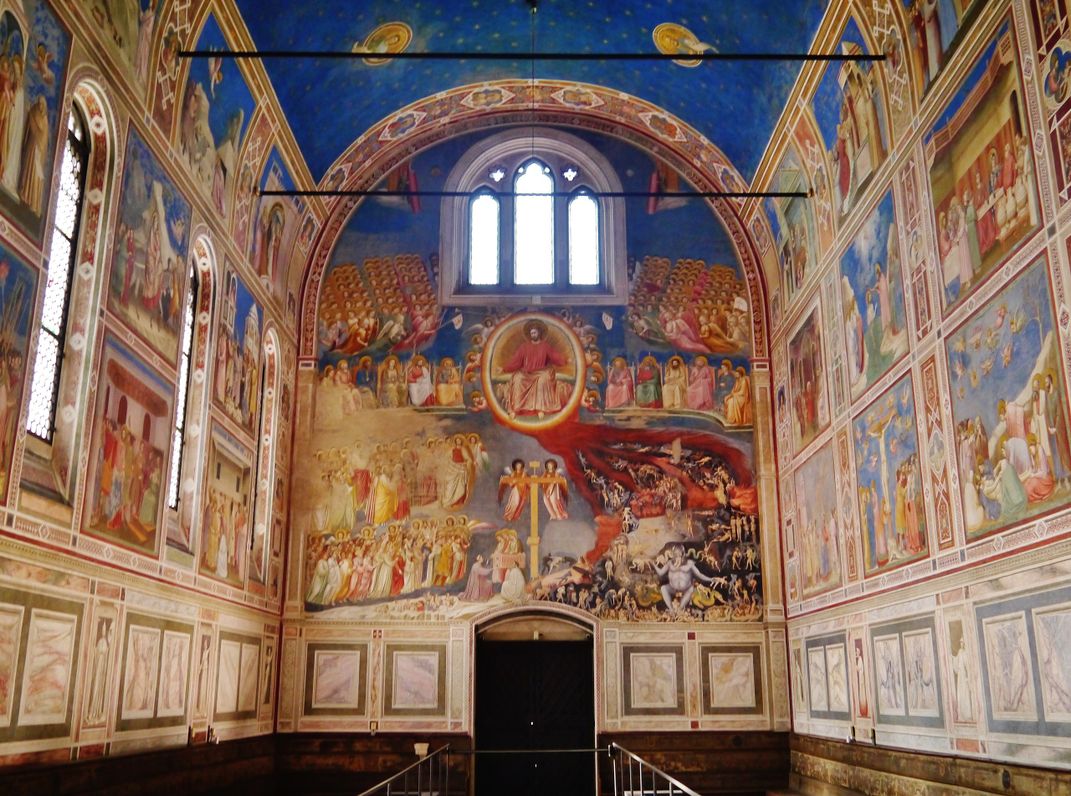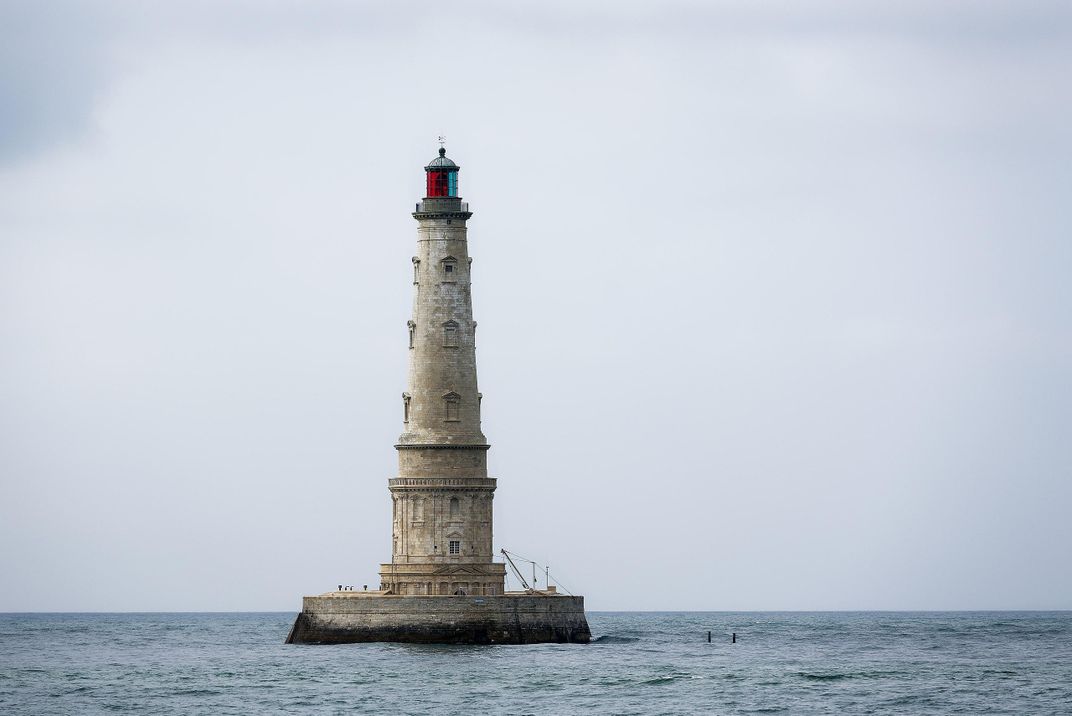Nine New Sites, From Chinese Port City to Saudi Rock Art Complex, Join Unesco World Heritage List
Other honorees include a group of European spa towns, a 13th-century Hindu temple and a lighthouse in France
:focal(444x237:445x238)/https://tf-cmsv2-smithsonianmag-media.s3.amazonaws.com/filer/ff/91/ff91b48c-972c-43bf-ac53-d6dacb4d49fc/quanzhou.jpg)
Unesco, the educational, scientific and cultural arm of the United Nations, has added nine new sites to its World Heritage List. Honorees include a Chinese port city known as the “emporium of the world,” a Saudi Arabian site featuring rock inscriptions spanning 7,000 years and an international network of European spa towns.
Quanzhou, located on the coast of China’s Fujian province by the Jin River, earned a spot on the list for its significance in maritime trade between the 10th and 14th centuries C.E., reports Phoebe Zhang for the South China Morning Post. Reflecting Quanzhou's diverse heritage, the 22 historical sites and monuments highlighted by Unesco include a huge statue of Lao Tzu, the founder of Taoism; one of China’s first mosques; and the Kaiyuan Buddhist Temple.
“[These sites] not only record the prosperity of Quanzhou in the past, but also confirms a unique trade system created by the joint efforts of the central governments, local and overseas communities, which led to prosperous oceanic trade and cultural exchanges during that period,” says the city’s government, as quoted by the Morning Post.
Unesco recognized the Ḥimā Cultural Area in southwest Saudi Arabia for its rock art, which depicts plants and animals, as well as human activities, reports Gareth Harris for the Art Newspaper. The site is located in a dry, mountainous spot along an ancient caravan route. Its inscriptions reflect the many cultures of people traveling through the Arabian Peninsula over the centuries, with messages written in scripts including Musnad, Aramaic-Nabatean, South-Arabian, Thamudic, Greek and Arabic.
Another new addition to the list is Rudreshwara Temple in Telangana, India, which was built in the 13th century C.E. to honor the god Shiva. In accordance with Hindu principles, the sandstone temple was constructed as an integrated part of a natural setting, near forests, waterways and agricultural lands.
“The temple’s sculptures of high artistic quality illustrate regional dance customs and Kakatiyan culture,” says Unesco in a statement.
The Trans-Iranian Railway, which runs from the Caspian Sea to the Persian Gulf, made the list as a remarkable feat of engineering. Its construction between 1927 and 1938 required extensive cutting through mountains and hundreds of bridges and tunnels. Per the Tehran Times, the railway reflected the ambitious modernization policies pursued during the reign of Reza Shah Pahlavi. Pahlavi sought to limit foreign control of Iran—an aim reflected in the use of national taxes, not foreign investment, to build the railway.
The newly listed sites known collectively as the Great Spa Towns of Europe include 11 towns developed around natural mineral water springs in seven countries. They reflect a spa culture that developed over some 200 years, from the early 18th century to the 1930s.
“Together, these sites embody the significant interchange of human values and developments in medicine, science and balneology” (the study of therapeutic bathing and medicinal springs), says Unesco in a separate statement.
Unesco added four other European sites to the list, too. In Padua, Italy, eight building complexes hold frescoes painted over the course of the 14th century, showcasing the development of new kinds of spatial representation. Paseo del Prado and Buen Retiro in Madrid, meanwhile, features a variety of buildings, gardens and fountains, reflecting a grand vision of urban space that developed at the height of the Spanish Empire in the 18th century.
The cultural heritage organization describes France’s Cordouan Lighthouse, built around the turn of the 17th century, as a “masterpiece of maritime signaling” with unique technological and architectural features. Finally, the Darmstadt Artists’ Colony on Mathildenhöhe, in west-central Germany, served as a center for emerging modernist architecture and design in the early 20th century.
Unesco’s World Heritage List now includes 1,129 sites, from natural wonders like Australia’s Great Barrier Reef to cultural treasures like the pyramids of Egypt. The designation marks sites with “outstanding universal value to humanity.”
Per the statement, Unesco will continue inscribing sites on the list through July 28. In related news, last week, a United Nations committee stripped the English city of Liverpool of its status as a World Heritage Site, citing “the irreversible loss of attributes conveying the outstanding universal value of the property” due to new development. Per Deutsche Welle, Liverpool is only the third place to ever lose its World Heritage status.
/https://tf-cmsv2-smithsonianmag-media.s3.amazonaws.com/accounts/headshot/Livia_lg_thumbnail.png)
/https://tf-cmsv2-smithsonianmag-media.s3.amazonaws.com/filer/24/77/24779ea3-98f5-485b-951d-b8ef6e67748e/spa.jpg)
/https://tf-cmsv2-smithsonianmag-media.s3.amazonaws.com/filer/58/69/5869cccd-0043-4aa4-8adf-01239939c929/2560px-ramappa_temple_human_scale.jpeg)



/https://tf-cmsv2-smithsonianmag-media.s3.amazonaws.com/accounts/headshot/Livia_lg_thumbnail.png)